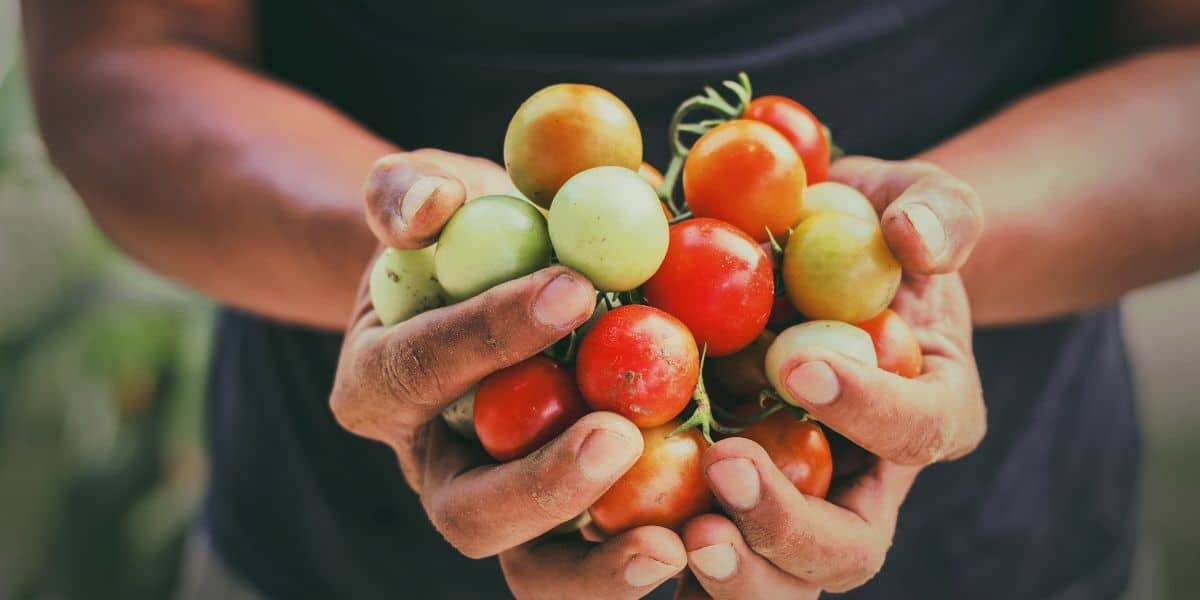Tomatoes are not just delicious; they are also a great source of vitamins and antioxidants. Yet, one common issue many face is dealing with mushy tomatoes. It’s a disappointment that can ruin a perfectly good salad or sauce. The secret to avoiding this situation lies in understanding the best methods of storage. If you’ve ever wondered why your tomatoes become mealy or mushy, you’re not alone. The truth is, it’s often due to improper storage practices. Here, we’ll explore the revolution in storing tomatoes properly so that they maintain their succulent firmness and delicious flavor.
Understanding Tomato Ripeness
To properly store tomatoes, it’s vital to recognize their ripeness. Tomatoes start out as hard and green and gradually develop their beautiful red color as they ripen. Harvesting them at their peak ripeness is essential; this way, you’ll have the best taste and texture when you enjoy them. Picking them too soon can lead to a less flavorful experience, while letting them overripen can quickly turn that lovely firmness into mush. Make it a practice to inspect them regularly so you can catch them at just the right moment.
The Temperature Tolerance of Tomatoes
One of the most significant factors in keeping tomatoes fresh is recognizing their sensitivity to temperature. Contrary to popular belief, storing tomatoes in the refrigerator is a big mistake. Cold temperatures can damage the cell membranes within the fruit, leading to a mushy texture and diminished flavor. For optimal preservation, you should keep them at room temperature, away from direct sunlight. This allows them to retain their firmness and juiciness, making them perfect for your culinary creations.
Cut Tomatoes and Their Special Care
When it comes to cut tomatoes, their care slightly differs. While whole tomatoes should bask in room temperature, any cut piece needs a different approach. If you’ve sliced one for a salad or sandwich, avoid leaving it out too long. Instead, wrap it in plastic wrap or place it in an airtight container before putting it in the fridge. Keep in mind that cut tomatoes will dry out if left out, which is what you want to avoid. They might require a little extra love, but they will still taste better than a mushy blob!
Avoiding Common Mistakes
Aside from temperature, other common mistakes can lead to mushy tomatoes. One common thing to remember is to avoid washing tomatoes before storage. Water can promote the growth of mold, which accelerates spoilage. Instead, wash them just before you plan to eat them. Additionally, if some tomatoes are starting to overripen, it’s best to separate them from the others — this prevents the faster spoilage from affecting the remaining fruits. Keep a keen eye out for any leaks or unusual smells, which can indicate spoilage.
FAQ
What is the best temperature to store tomatoes? The best temperature to store tomatoes is at room temperature, ideally between 55°F and 70°F. Avoid the refrigerator, as it can dampen their flavor and texture.
How can I tell if my tomatoes are spoiled? Signs of spoilage include a mushy texture, leakage of fluids, and an off smell. If you notice any of these signs, it’s best to discard the tomato.
Should I wash tomatoes before storing them? No, you should avoid washing tomatoes before storage. Excess moisture can encourage mold growth. Wash them right before consumption instead.
Can I store cut tomatoes at room temperature? Cut tomatoes should be stored in the fridge to prevent them from drying out, but make sure to wrap them to keep them fresh.
Tomatoes are beloved for their rich flavor and versatility, but only if they remain in prime condition. By understanding the storage conditions for your tomatoes, including avoiding the refrigerator and keeping them at room temperature, you can bypass the common pitfall of mushy tomatoes. We encourage you to share this article with your fellow gardening and kitchen enthusiasts, and stay tuned for more articles that will help transform your space into a haven of beautiful outdoor living and delicious meals! 🌼🍅





